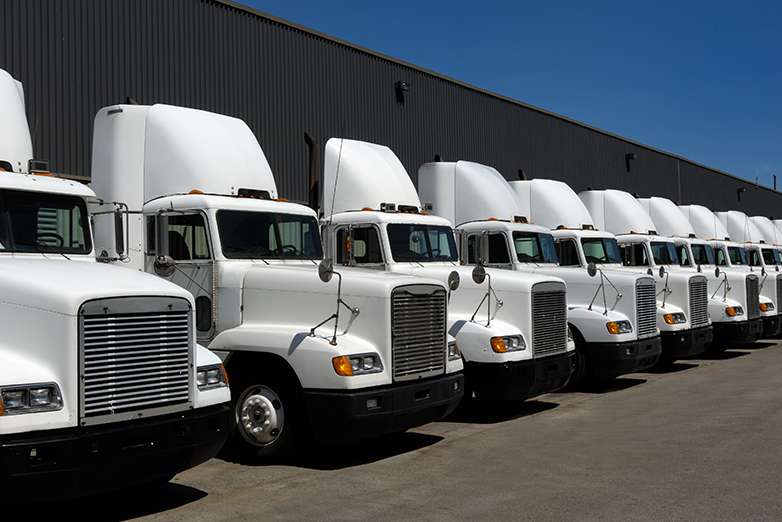
Safety is always top of mind for every driving safety professional — for many reasons. From a cost standpoint, vehicle collisions rate as some of the most expensive workplace accidents, according to the National Safety Council, costing as much as $1.4 million per incident. In addition to injury and possibly even the loss of life, they incur many other expenses, such as vehicle repairs, increased insurance costs and lost productivity. They also can create headaches and lost business from bad publicity and a poor public perception of your company practices.
The best way to avoid vehicle collisions is through a fleet safety program. A safety program can help spare you from the costs caused by collisions and their related expenses and improve productivity among your drivers. It is also a great way to polish the image of your brand, by boosting public perception of your attention to safety and your driving practices.
No company with fleet vehicles should be without a program of some sort, but it is important to make sure that your fleet safety program addresses all the needs of your company and your industry.
While a simple safety program is better than no program at all, having an expert fleet safety program that can meet your driver’s specific needs will establish your company as one that is committed to safety. It also improves employee satisfaction, loyalty, and contributes to your overall culture of safety.
Certain key traits differentiate an expert safety program from a mediocre one. Let’s look at seven important elements of an expert fleet safety program.
No. 1: Demonstrate Top-to-Bottom Commitment
Getting buy-in and support from leaders matters. When employees at all levels see that top-tier management is engaged and committed to the program, they know that safety is important for the entire workforce. When managers support the program, it also increases the chances that it will be used and enforced — and that means drivers will take driving safely more seriously, too.
No. 2: Develop Measurable Initiatives
Without a long-term strategy, goals and initiatives, it’s hard to keep a program on track. Setting specific, measurable goals and outcomes gives a way to monitor and reward performance — as well as keeping safety at the forefront of every employee’s mind. Many workplace strategies fail simply because they fizzle out. Creating an initiative that outlines long-term plans can keep on track and relevant.
No. 3: Pay Attention to Hiring Practices
Effective safety programs start with developing clear-cut, stringent hiring guidelines. A thorough screening process demonstrates your commitment to hiring safer drivers. Without safe drivers, you can never have a safe fleet, so keep your long-term safety record in mind every time you make a hire.
No. 4: Establish Written Procedures
Written procedures are an essential part of an expert fleet safety program. This sets clear, consistent guidelines and expectations, and gives both drivers and managers a designated set of rules to play by.
No. 5: Provide a Formal Fleet Safety Program
A formal safety driving training program goes beyond learning company policies and procedures. It means that all drivers are educated on how to handle vehicles in all kinds of situations and environments, whether that means driving on slick roads, in foul weather, driving in congested traffic or managing their own conditions within the vehicle. At Smith System, we teach drivers The Smith5Keys® principles to provide drivers with the knowledge and skills needed to handle today’s varied driving conditions.
No. 6: Implement an Inspection and Maintenance Program
Drivers are only as safe as the vehicles they’re in. As part of your fleet safety program, implement an inspection and maintenance program to ensure that vehicles are being checked for possible problems before they get out on the road. Creating a checklist of things that need to be checked on a regular basis, and ensuring that employees are completing their inspections and signing off on them before they drive, can avoid expensive roadside breakdowns, dangerous tire blowouts and collisions.
No. 7: Provide Refresher Training
Even after drivers have received their initial driver safety training, it’s important to provide on-going and refresher training. Telematics in fleet vehicles can help you monitor drivers’ behaviors, and if you see areas that continue to be a problem for certain drivers, you can provide refresher training in those areas.
An expert fleet safety program doesn’t just happen. It requires a continued commitment to prioritizing safety — without exception. With a strong commitment to driver training, you’ll demonstrate your company’s desire for excellence and, at the same time, make the roads around you safer.
Find out what the Smith System can do to help you improve your current fleet safety program.










